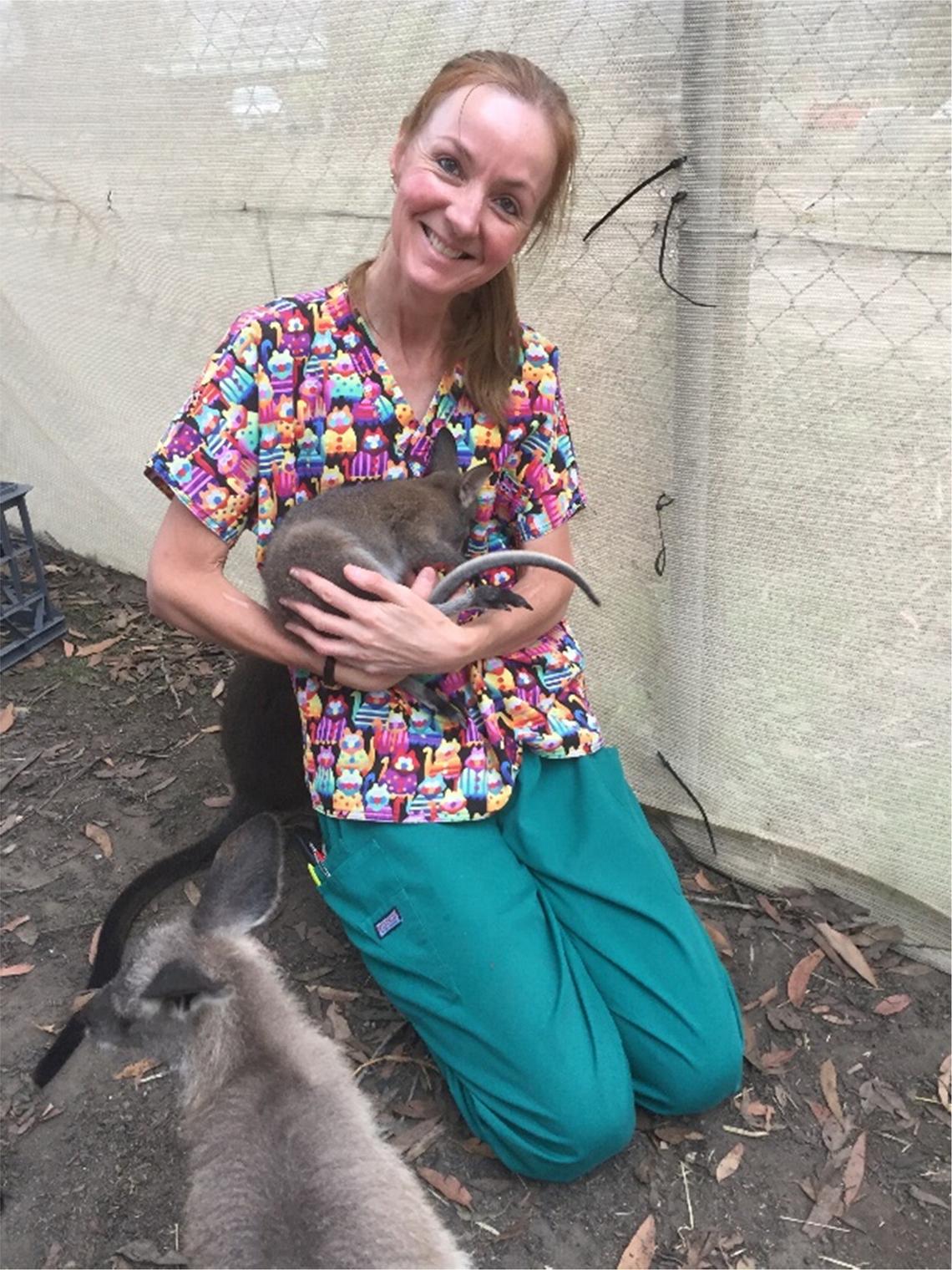VNJ Articlesaustralian wildlifeburns treatmentbushfiresfeaturemacropodsveterinary nursingvolunteering
23 August 2022
Out of the ashes: volunteer nursing Australia’s bushfire affected native wildlife – part I by Candice Drew
ABSTRACT: The Australian Summer of 2019-2020 has brought us our worst bushfire season ever recorded, covering approximately 14 million hectares (34.6 million acres] of countryside, an area equivalent to almost 60% of the UK. A current estimate of losses includes 33 human lives, 3,000 homes and over I billion animals (wildlife, farm and domestic animals], including 8,000 koalas. Many of our native species were already threatened or endangered prior to the fires; their populations have now been decimated and their territories and food sources have been destroyed, leading to the starvation of many initial survivors.
Wildlife carers have been overrun with injured and orphaned wildlife, with assistance coming from numerous individuals and organisations within Australia and overseas. One such group is the Australian-based international animal charity Vets Beyond Borders (VBB) and its Australian Veterinary Emergency Response Team (AVERT].
Author
Candice Drew ISFM DipFN, DipVN(surg), DipT(EC), RVN

Candice qualified as a veterinary nurse in Australia in 2005, being awarded the Novartis Award for Outstanding Achievement in Veterinary Nursing in her qualifying year. She has worked extensively in Australia and the UK, primarily in referral nursing (Emergency & Critical Care). She attained the Diploma of Veterinary Nursing (surgical) in 2009, qualified as a trainer & assessor in 2015, and completed the ISFM Diploma in Feline Nursing in 2018. Candice is interested in most aspects of veterinary nursing but her passions are feline nursing, ECC, working with students (and wildlife nursing!) In January – February 2020, Candice was deployed to Wandandian and to Cooma, NSW as a VBB/AVERT volunteer
Email: catrvn16@gmail.com
Keywords: volunteering; veterinary nursing; Australian wildlife; bushfires; burns
treatment; macropods
To cite this article: Veterinary Nursing Journal • VOL 35 (06) • June 2020 pp171-175
To gain access to this article, select one of the links below:
